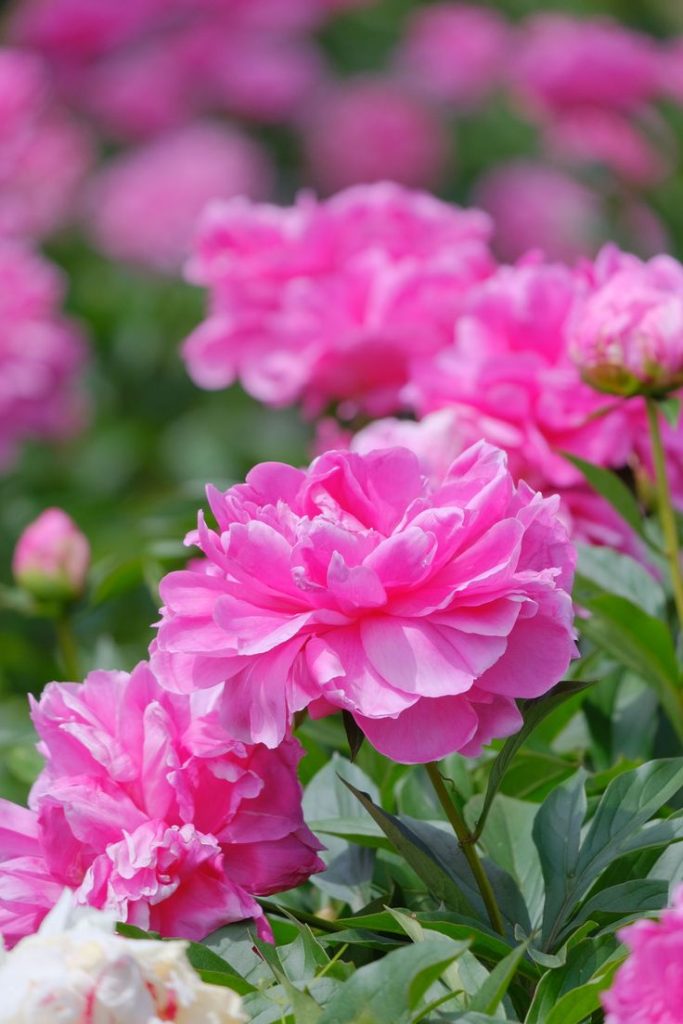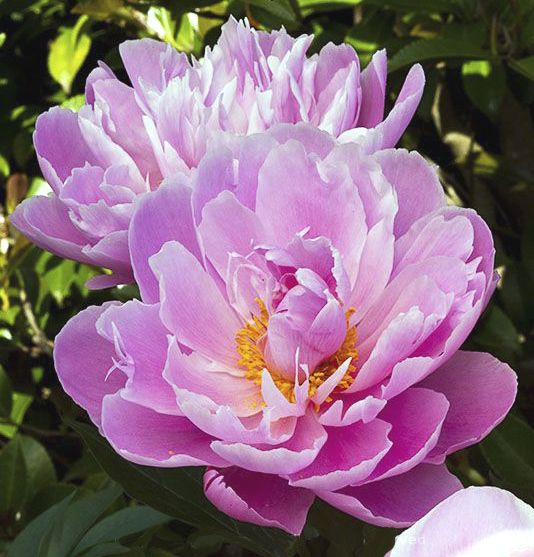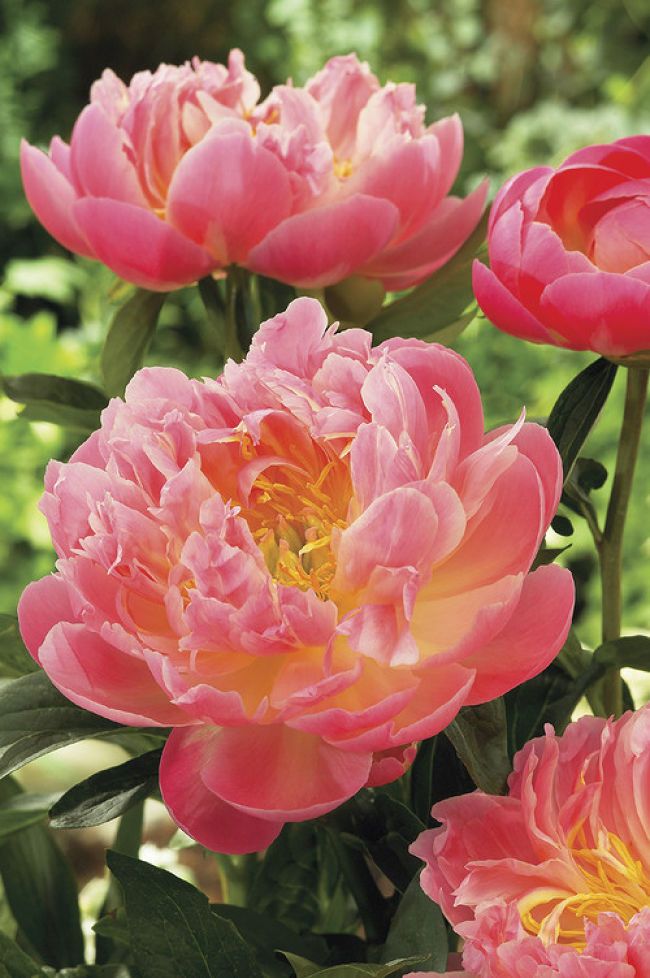Raised flower beds offer a practical and aesthetically pleasing solution for gardeners seeking to improve soil drainage and create optimal growing conditions for their plants. By elevating the planting area above ground level, raised beds facilitate better water drainage, prevent soil compaction, and provide better aeration for plant roots. In this guide, we’ll explore the benefits of using raised flower beds to enhance soil drainage and how you can incorporate them into your garden design for healthier, more vibrant plants.










Understanding Soil Drainage
- Importance of Drainage: Proper soil drainage is essential for plant health, as it helps prevent waterlogging, root rot, and other moisture-related issues. Excess water in the soil can suffocate plant roots, depriving them of oxygen and nutrients and leading to stunted growth and poor performance.
- Challenges of Poor Drainage: Heavy clay soils, compacted soils, and low-lying areas are prone to poor drainage, especially during periods of heavy rainfall or overwatering. Improving soil drainage is crucial for creating a healthy growing environment and promoting vigorous plant growth.
Benefits of Raised Flower Beds
- Enhanced Drainage: Raised flower beds allow excess water to drain freely from the soil, preventing waterlogging and promoting better root health. The elevated planting area facilitates quicker drying of the soil after rainfall, reducing the risk of root rot and other moisture-related problems.
- Improved Aeration: By elevating the soil above ground level, raised beds provide better aeration for plant roots, allowing them to breathe and access oxygen more easily. Improved soil aeration promotes root development, nutrient uptake, and overall plant vitality.
- Soil Structure Preservation: Raised beds help prevent soil compaction, erosion, and loss of topsoil, preserving soil structure and fertility over time. The contained environment of raised beds also makes it easier to control soil quality, pH levels, and nutrient levels for optimal plant growth.
Designing Raised Flower Beds for Drainage
- Size and Height: When designing raised flower beds, consider the size and height of the beds to ensure adequate drainage and growing space for your plants. Opt for beds that are at least 12 inches high to allow for proper root development and water drainage.
- Material Selection: Choose suitable materials for constructing raised beds, such as untreated wood, composite lumber, or galvanized metal. Avoid using pressure-treated lumber or railroad ties, as they may contain chemicals that can leach into the soil and harm plants.
- Drainage Layer: To further improve drainage, consider adding a layer of coarse gravel or crushed stone to the bottom of the raised beds before filling them with soil. This drainage layer allows excess water to drain away from the soil, preventing waterlogging and root rot.
Planting in Raised Flower Beds
- Soil Preparation: Before planting, amend the soil in raised beds with organic matter such as compost, aged manure, or peat moss to improve soil structure and fertility. Mix the amendments thoroughly into the soil to ensure even distribution and proper nutrient uptake by plants.
- Plant Selection: Choose plants that are well-suited to raised bed gardening and prefer well-drained soil conditions. Drought-tolerant perennials, annual flowers, herbs, and vegetables are excellent choices for raised flower beds, as they thrive in elevated planting areas with good drainage.
Maintenance Tips
- Watering: While raised beds promote better drainage, they may require more frequent watering during dry periods to prevent soil from drying out. Monitor soil moisture levels regularly and water plants as needed to keep the soil evenly moist, but not waterlogged.
- Weeding: Keep raised beds free of weeds by regularly removing any unwanted vegetation that competes with your plants for nutrients and moisture. Mulching the surface of the soil with organic mulch can help suppress weeds and conserve soil moisture.
Conclusion
Raised flower beds offer a practical and effective solution for improving soil drainage and creating optimal growing conditions for plants. By elevating the planting area above ground level, raised beds promote better water drainage, prevent soil compaction, and provide better aeration for plant roots. Incorporating raised beds into your garden design can help you create healthier, more vibrant plants and enhance the beauty and productivity of your outdoor space. Elevate your garden with raised flower beds and enjoy the benefits of improved soil drainage and healthier plants for years to come.